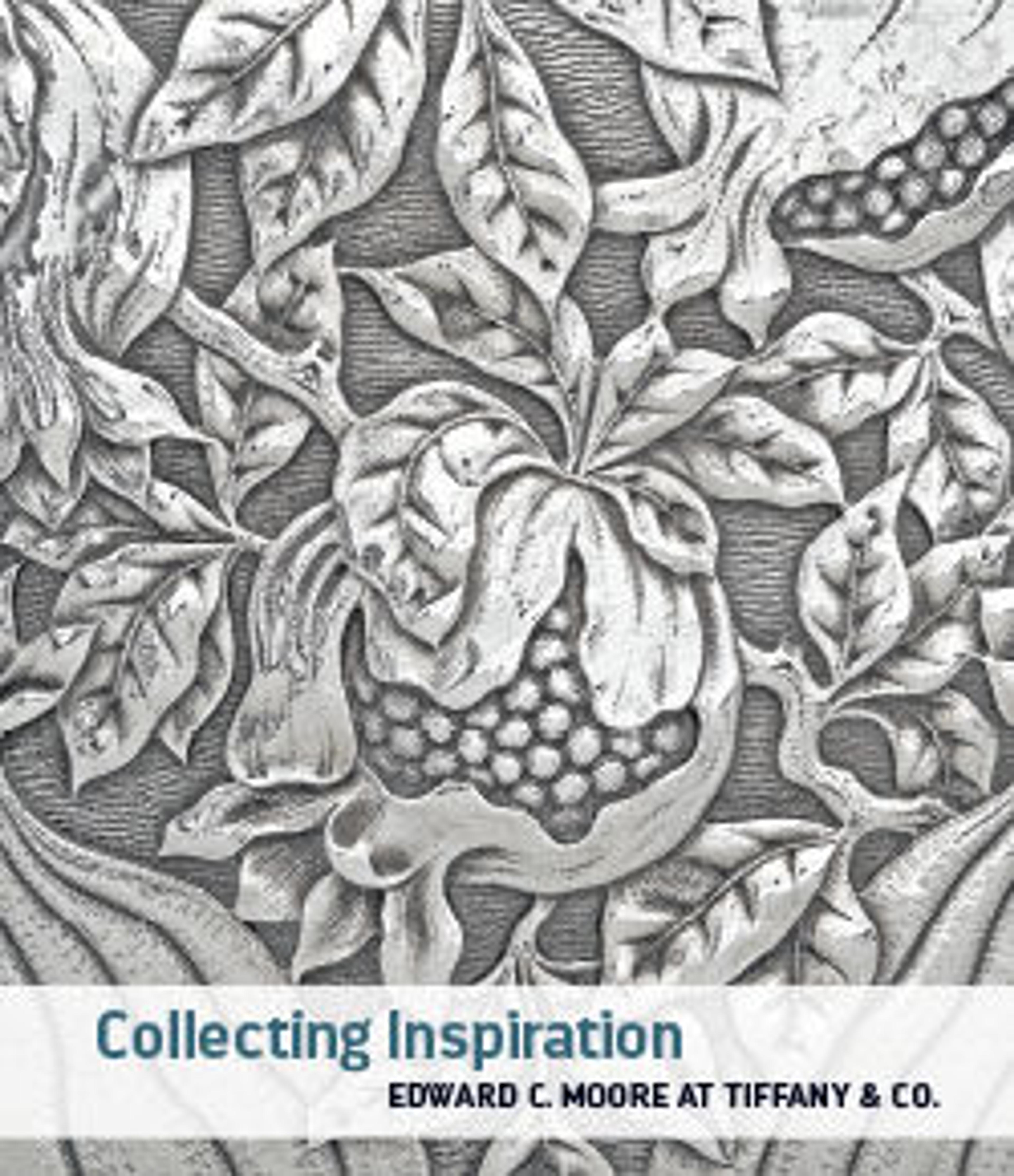Plate
The decoration technique known as reticello—after the Italian word for network—consists of two superimposed layers of glass canes. Spiraling in different directions, the overlapping white threads create a sophisticated network of lines. This reticello plate has bubbles trapped between the layers, which is characteristic of the technique. Similar examples can be found in the princely glass collection of Rosenborg Castle in Denmark; on his visit to Venice in 1709, Frederick IV acquired a considerable quantity of glass, which reflected the height of Venetian craftsmanship at the time. Like the reticello plates at Rosenborg Castle, this plate is exceptionally large in size. The intricate decoration, made from 160 individual canes, would have caught the discerning eye of a collector like Moore.
Artwork Details
- Title:Plate
- Date:17th-early 18th century
- Culture:Italian, Venice (Murano)
- Medium:Glass; blown a reticello
- Dimensions:confirmed: 1 1/4 × 18 3/8 in. (3.2 × 46.7 cm)
- Classification:Glass
- Credit Line:Edward C. Moore Collection, Bequest of Edward C. Moore, 1891
- Object Number:91.1.1505
- Curatorial Department: European Sculpture and Decorative Arts
More Artwork
Research Resources
The Met provides unparalleled resources for research and welcomes an international community of students and scholars. The Met's Open Access API is where creators and researchers can connect to the The Met collection. Open Access data and public domain images are available for unrestricted commercial and noncommercial use without permission or fee.
To request images under copyright and other restrictions, please use this Image Request form.
Feedback
We continue to research and examine historical and cultural context for objects in The Met collection. If you have comments or questions about this object record, please contact us using the form below. The Museum looks forward to receiving your comments.
